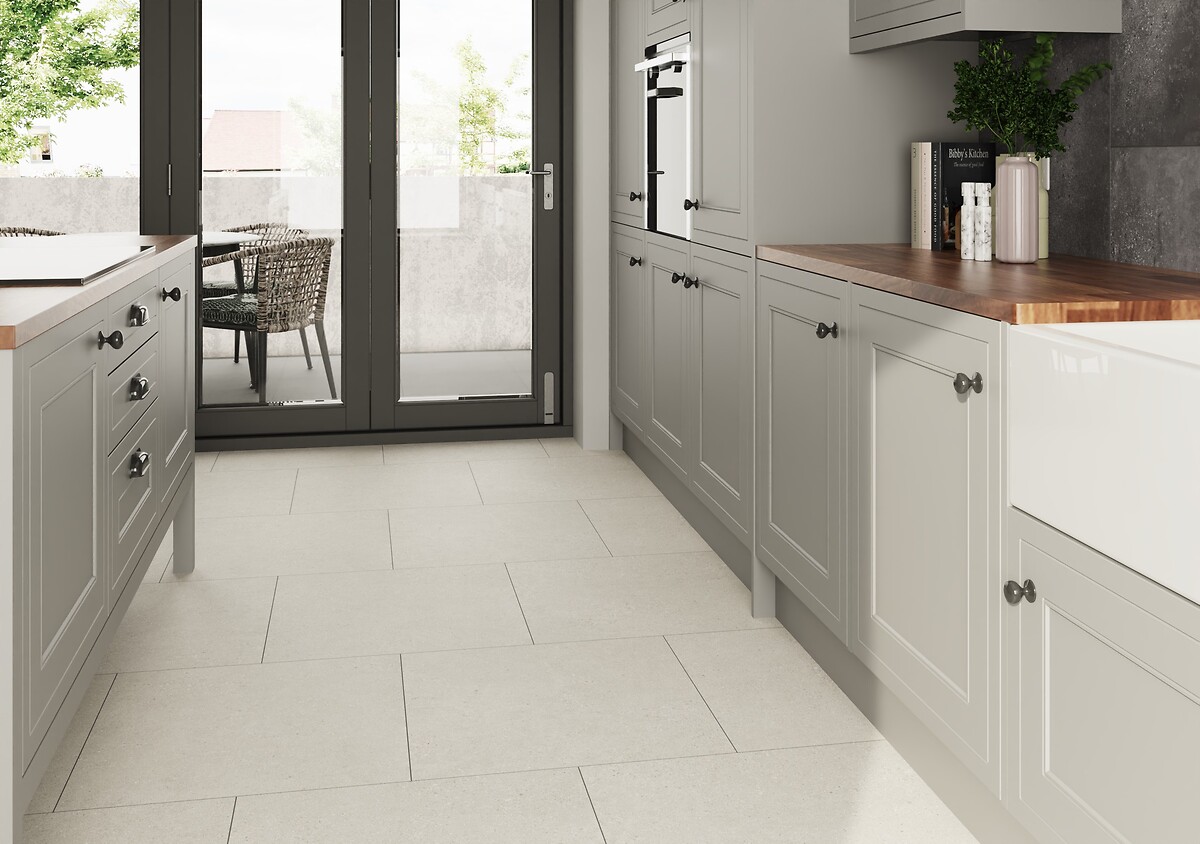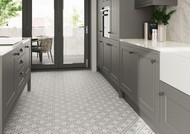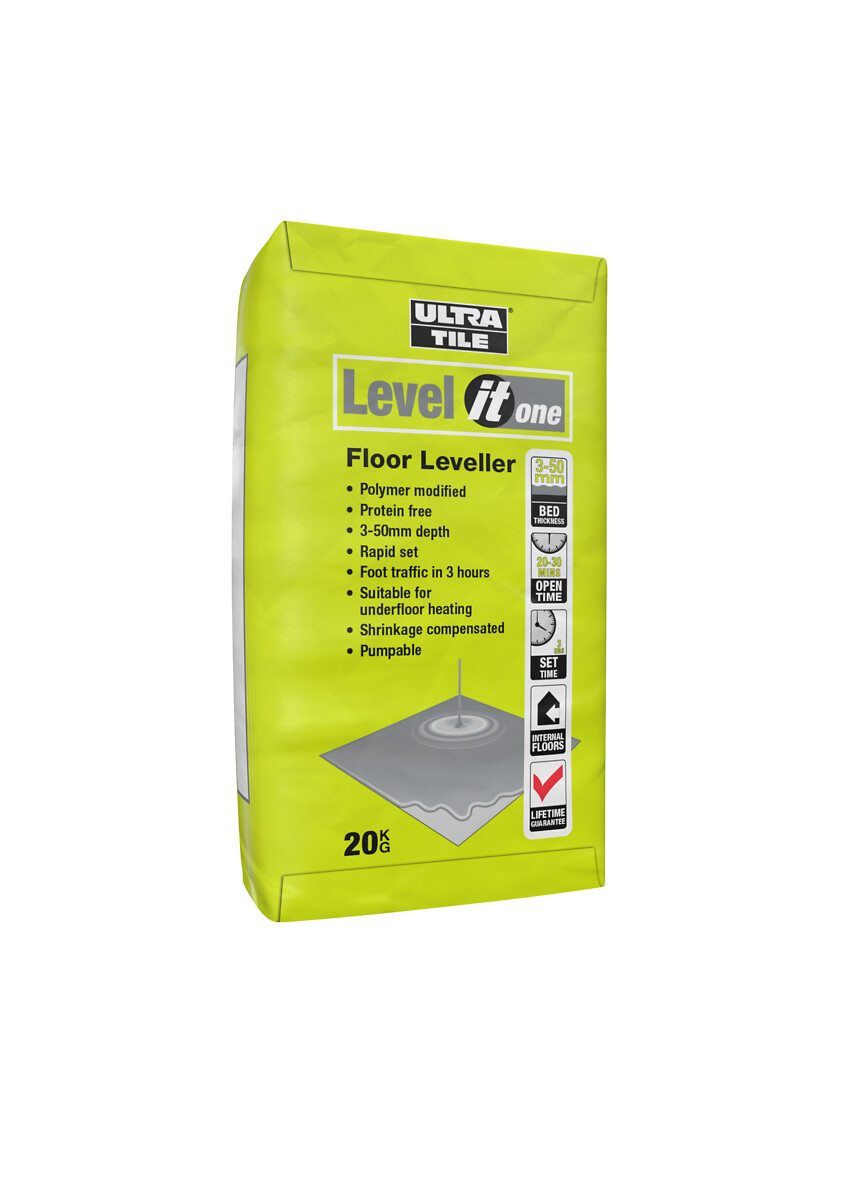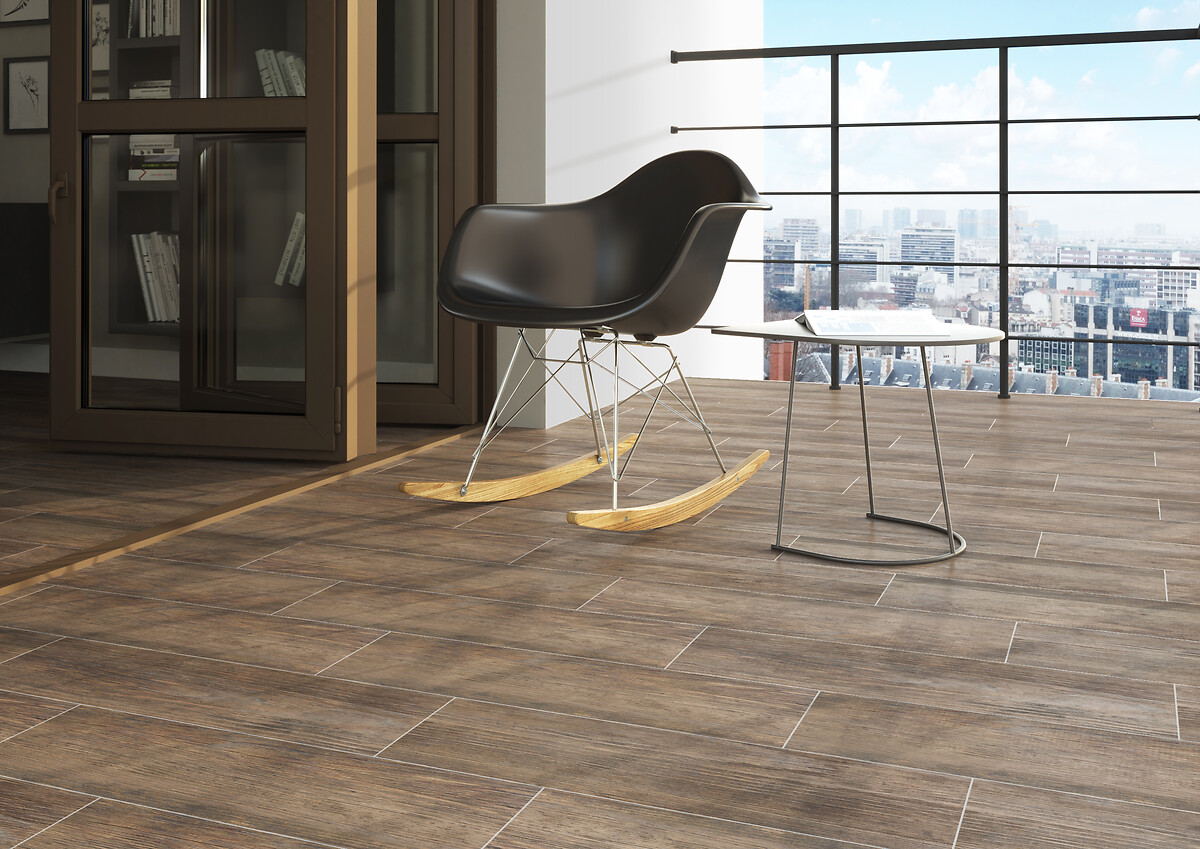Posted on Date 20th Dec 2023
How to level a floor for tiling
If you want your new tiles to go down on your floor without the risk of them cracking, then you will need to ensure that the surface onto which they are laid is nice and level.
Years ago, concrete would have been poured over the original floors and covered with carpet or rugs to hide the evidence. Thankfully things have moved on, and the introduction of self-levelling compounds has proved a life saver in those parts of the house where the floor might dip or need filling in, with the polymer-modified cement helping to smooth out all those bumps. Even better, self-levelling products can be used on a wide variety of substrates such as concrete, screed, tiles and timber floors.
To help we have created this handy guide to help explain the easiest way to level your floors at home prior to tiling.

How to get your room ready for levelling
If you are planning on levelling your floor your subfloor will need to be primed.
Before you apply your primer though make sure the surface is clean, dry and free of dust as well as anything like existing paints, adhesives etc as these can stop the levelling product bonding with the surface. Once your primer has been applied leave it to dry thoroughly before mixing your self-leveller ready to use.
How to mix self-levelling compound step by step guide
Step 1
When mixing a self-levelling compound always consult the manufacturers instructions in terms of ratios of powder to cold, clean water as excess water will affect drying times.
Step 2
When ready pour the recommend amount of water in a large clean bucket and gradually mix in your levelling powder with your mixing paddle
Step 3
When all the powder is added continue to mix until you have a lump free consistency
Step 4
Once complete you can then pour onto the floor and spread using the smooth edge of a notched trowel
Step 5
We would recommend as this stage using a spiked roller on the newly laid screed to release trapped air bubbles to stop them curing on the surface and ruining the finish of the leveller.
Step 6
The other recommendation would be to start at the furthest point in the room and working your way back to the door to avoid walking over your hard work. If you are covering a large room, it might be worth battening off areas into sections.
All thats left to do it wait for your self-levelling compound to dry and then the fun bit starts namely tiling your floors. Why not use this time to practice dry laying your preferred tiling pattern?
Watch our self-levelling video
Tile Warehouse has teamed up with hit YouTuber Proper DIY to show you how to mix as well as apply self-levelling compounds at home.
Need more information?
If you have any questions regarding selecting the right tiles for your home, then feel free to contact our Customer Services team using our web chat facility.
Further reading
If you would like to know more about tiling at home, then why not check out these related advice articles:






